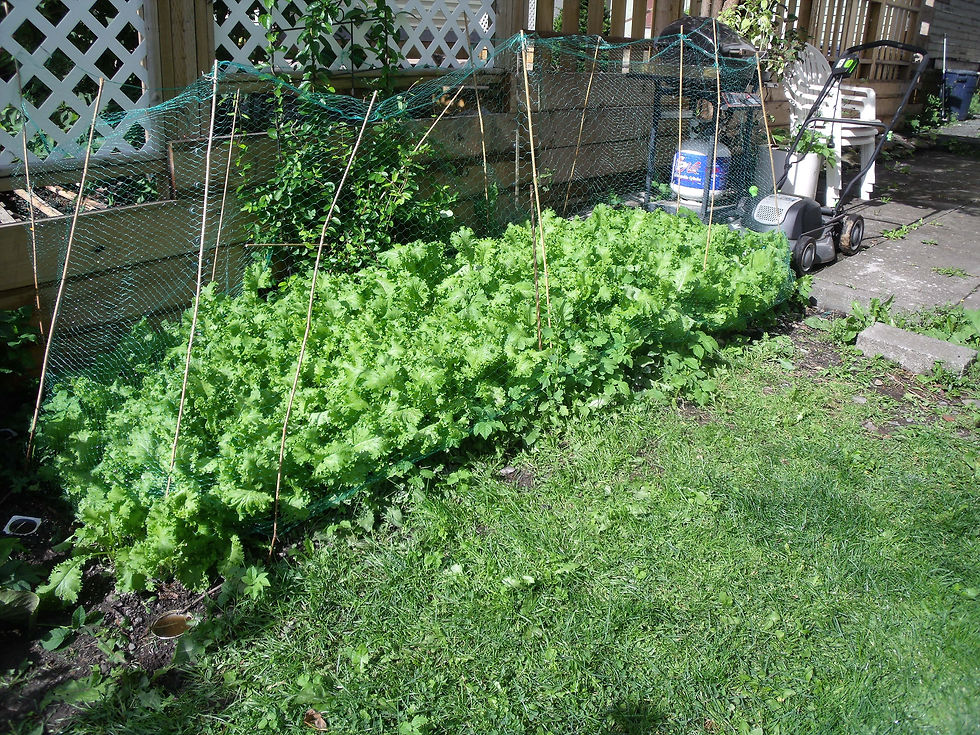St. John's Safer Soil
Safe Gardening and Recreation in Elevated Soil-Lead Areas




Welcome to St. John's Safer Soil
Welcome to St. John's Safer Soil, a project of Common Ground Community Development Corporation.
Any time is a great time to start planning for a lead safe yard. On this page, you will find many resources on simple landscaping and gardening methods to reduce or eliminate the risk of lead exposure from soil.
Here you will find links to many online resources on lead safe yard planning, and a brochure that you can print out for future reference.
For a one-stop link to information on how to create a lead safe yard, go to Chapter 7 of the Lead Safe Yard Online Handbook at
https://ag.umass.edu/sites/ag.umass.edu/files/pdf%2Cdoc%2Cppt/epa_lead-safe_yards.pdf

Lead in City Soil
Recent studies have found elevated lead levels in St. John’s Soil, particularly in the older parts of the city.
Where Does Lead Come From?
This lead comes from past use of coal, lead paint and leaded gasoline. (Lead was removed from paint and gasoline in the 1970s)
Soil lead deposits from these sources is a common issue for many urban centres.
Lead can also be found in interior painted surfaces, some older plumbing, or consumer goods like toys or jewellery.
Lead and Health
“Lead exposure is most serious for young children because they absorb lead more easily than adults and are more susceptible to its harmful effects. Even low level exposure may harm the intellectual development, behaviour, size and hearing of infants. During pregnancy, especially in the last trimester, lead can cross the placenta and affect the unborn child.
If you are concerned about lead exposure, your doctor can conduct a simple blood test to measure your blood lead level.”
Source: Health Canada, Effects of Lead on Human Health

Gallery











































































































































































































































































































































































































